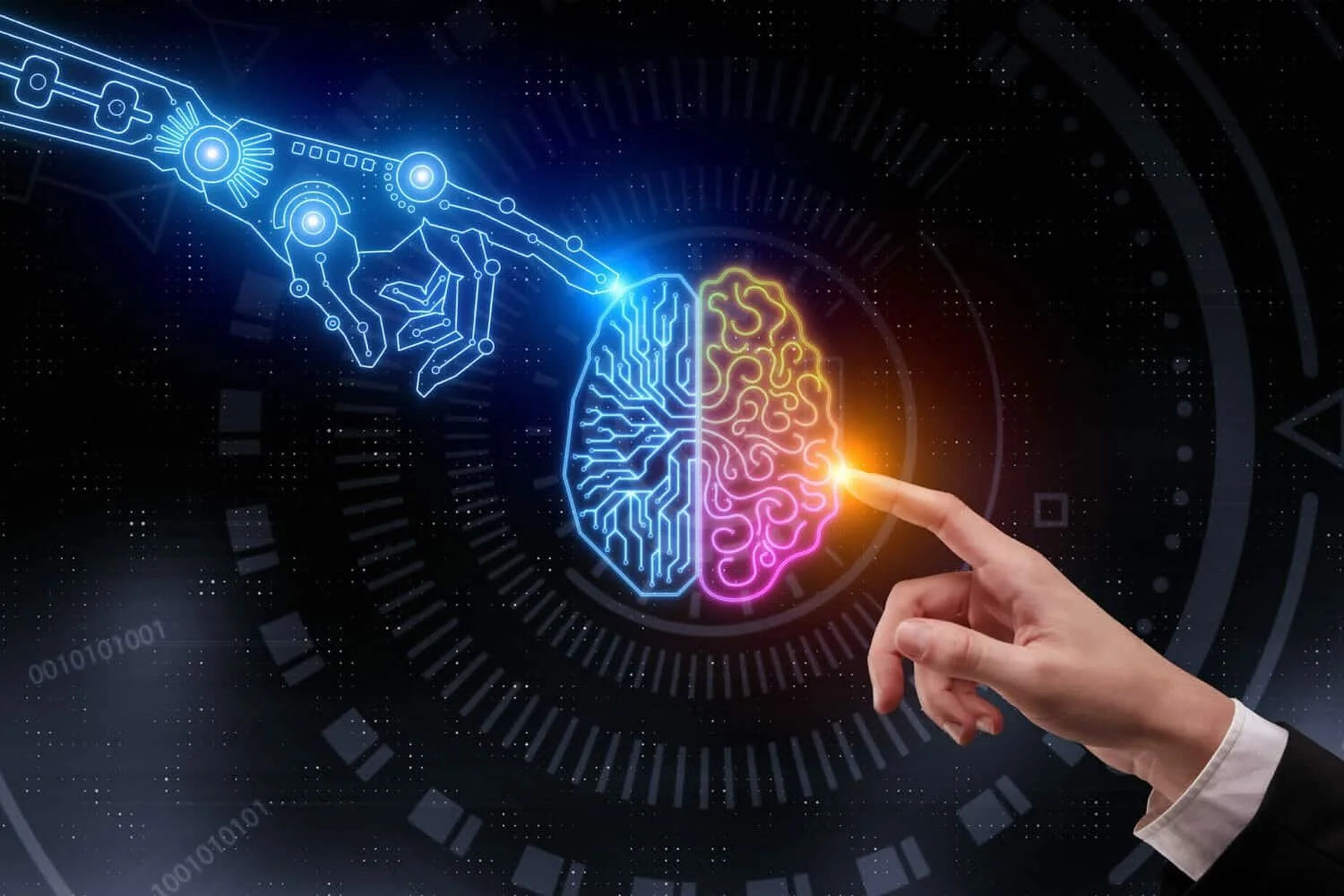Generative AI quick wins for HR Teams
I’ve been meaning to write about generative AI and specifically ChatGPT for a while now and frankly did not know where to begin because there’s so much to say. AI is an immensely broad, multifaceted topic and the implications of this technology on HR professionals are complex and range from practical help with our day-to-day work all the way to the really big picture of how labor is going to look like in the future, which jobs AI will impact and which skill sets will be needed most. I’ve decided to start small with this article, which is targeted to those of us who are new to the topic of AI and curious to learn how to best use it for their work.
I’ve been using ChatGPT almost daily since the week it was first released. I’ve experimented by trial and error and think that I by now have a good idea of how to appropriately use it for an HR team, how to train the AI, and what what should definintely be avoided when using it. When used correctly, AI technology can streamline administrative tasks, boost productivity, and create more time for high-value, strategic work.
In this article, we will dive into five key areas where AI can make a significant impact: crafting job descriptions, composing employee handbook materials, drafting candidate communications, streamlining administrative tasks, and developing personalized career development plans. Let's unlock the potential of AI and lead the way in shaping the future of HR.
1. Crafting Job Descriptions:
Writing job descriptions is an essential task for HR professionals, but it can often be time-consuming and repetitive. AI-powered tools, such as ChatGPT, can assist in generating comprehensive and well-structured job descriptions. By leveraging AI, we can save valuable time and ensure that our job descriptions are engaging, inclusive, and aligned with our organization's values and culture.
2. Composing Employee Handbook Materials and Policy Manuals:
Keeping employee handbooks and policy manuals up to date is crucial in providing clear guidelines to employees. With AI, we can streamline the process of updating these materials by automating the generation of policy content, ensuring accuracy and consistency. AI-powered language models can also help in simplifying complex policies, making them more accessible and understandable for employees.
3. Drafting E-mails to Job Candidates:
Communicating with job candidates, especially during the recruitment process, requires a personalized touch. AI can assist in crafting e-mails, including offer letters, by providing suggested templates and language. This helps save time while maintaining a human touch in our communications. Remember, even with AI assistance, it's crucial to review and customize the generated content to ensure it aligns with our organization's tone and values. Make sure to include language specific to your organization (e.g. offer is contingent on a background check, or vaccine requirements).
4. Streamlining Administrative Tasks:
As HR professionals, we often find ourselves buried in administrative tasks that take away valuable time from strategic initiatives. AI can help automate repetitive administrative tasks, such as data entry, scheduling, and document processing. By leveraging AI-powered tools and workflow automation, we can focus on higher-value activities, fostering innovation and driving positive change within our organizations.
5. Developing Personalized Career Development Plans:
Empowering employees' career growth and development is a cornerstone of effective HR practices. AI can play a significant role in this area by analyzing employee data, skills, and performance to provide personalized career development plans. By harnessing AI's analytical capabilities, we can tailor development opportunities to individual employees, fostering a culture of continuous learning and professional growth.
Conclusion:
The potential of AI in HR is vast and exciting. By embracing AI technologies, we can revolutionize the way we craft job descriptions, compose employee handbook materials, draft candidate communications, streamline administrative tasks, and develop personalized career development plans. As HR leaders, it is our responsibility to understand the capabilities and limitations of AI, establish policies and guardrails, and ensure its appropriate usage within our organizations. Let's leverage AI as a powerful tool to create more time for strategic work, drive innovation, and ultimately improve the lives of our employees.
Remember, AI is here to enhance our efforts, not replace the human touch. By combining the power of AI with our expertise, empathy, and leadership, we can shape a future where HR truly becomes a strategic force, driving positive change and making a significant impact on our organizations. So, let's embark on this AI-powered journey together, embracing curiosity, a growth mindset, and of course, a touch of humor along the way.
